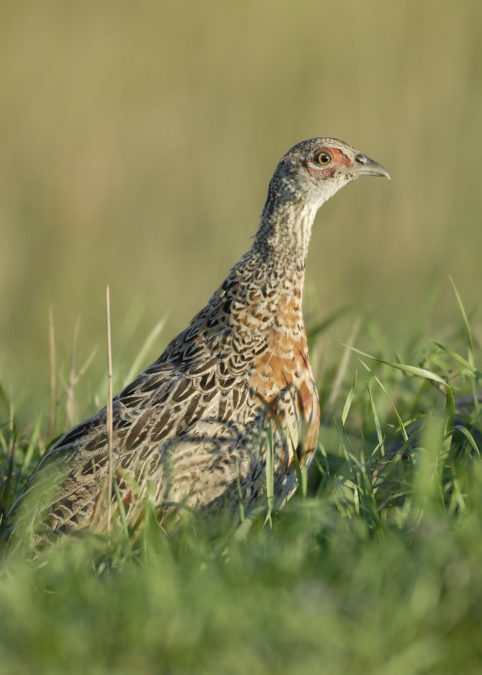I’ve always enjoyed my final column of the year and first column of the next year, as a kind of closing one door and then looking ahead to what may or may not be coming for the next year.
This year, instead of one review and one preview, I’ll cover the past and future for several topics over the next couple of weeks.
Fishing license record
The number of anglers buying fishing licenses in North Dakota during the 2014-15 season established a new record for the third consecutive year.
The North Dakota Game and Fish Department issued more than 222,000 fishing licenses for the licensing period that ended March 31, 2015. That was an increase of 3,000 from 2013-14. Resident license sales were down slightly, but the number of nonresident licenses issued grew by 5,000, establishing a new mark of nearly 65,000.
More than 201,000 anglers actively participated, and ice fishing accounted for 25 percent of all fishing activity.
A record number of fishing lakes and aggressive fish management in North Dakota have helped produce record fishing license sales.
Lake Sakakawea, Devils Lake and Lake Oahe/Missouri River remain the top three fisheries in the state, as has been the case for decades.
What will 2016 hold?
Fisheries and fishing are similar to deer, pheasants and ducks. Habitat is a crucial piece of the puzzle and in general, the health of North Dakota’s fisheries is perhaps the best ever in terms of the number of managed lakes and fish populations in those lakes. In the same conversation, though, fisheries managers will acknowledge a lack of 2015 spring runoff and sporadic precipitation and even dry spells in some areas.
Given normal snow and winter conditions, fishing in North Dakota for 2016 should continue to attract record or near-record participation. A dry winter followed by a dry summer might start to affect some lakes.
Pheasant numbers
North Dakota’s summer pheasant brood index was up 30 percent statewide from 2014. That was good news and not totally unexpected, as last winter was fairly mild and weather during the primary nesting period was mostly favorable.
It will be months before the 2015 pheasant harvest is determined, but anecdotal accounts indicate that many hunters were encountering more birds in their favored areas.
What’s In Store For 2016?
A late start to winter, with unseasonably mild weather and limited snowfall into mid-December is about as good of a start to winter as pheasants could ask for. The continued effects of a shrinking habitat base from the loss of more than half the Conservation Reserve Program acres in the state since 2007, limits the potential for much continued expansion of pheasant numbers into 2016.
And even with a predicted mild winter ahead, one major storm can change things in a hurry, so we’ll still have to cross our fingers and wait to see how it all shakes out.
Grouse populations
North Dakota’s spring sharptail survey index was up 20 percent in 2015, while summer brood counts indicated a fall population that would be similar, though down just slightly from a good year in 2014.
What’s ahead for 2016?
Another friendly winter and spring and there’s hope grouse numbers will continue to grow, but temper your expectations, as grouse numbers even during growth events tend to be less noticeable than pheasants.
Next week, I’ll take a look at some other species that had ups or down in 2015, and what might lie ahead.



